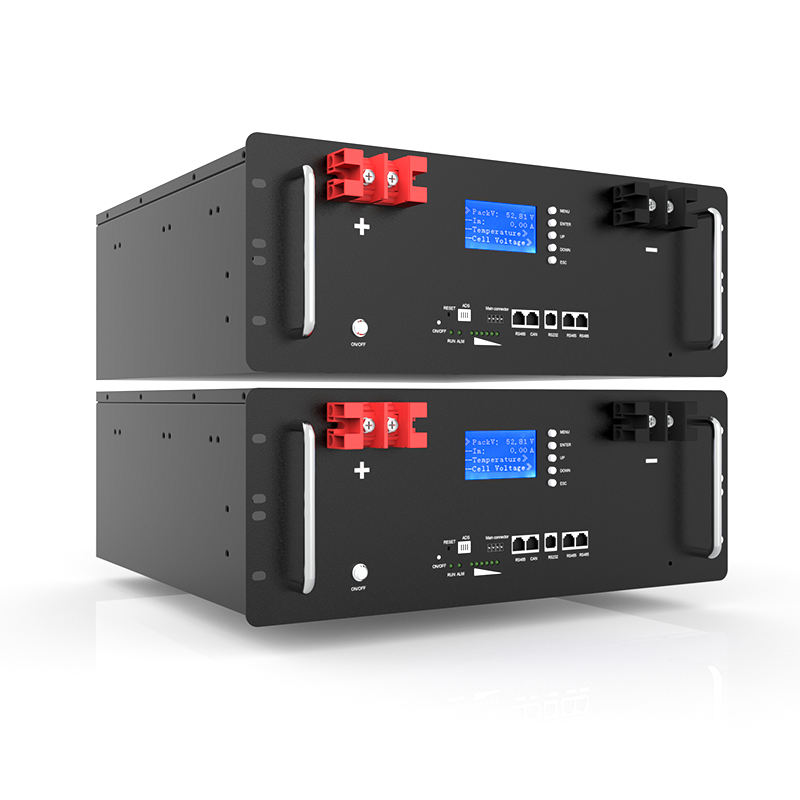(1) it has electronic insulation to ensure the mechanical isolation of positive and negative poles;
(2) it has a certain pore size and porosity to ensure low resistance and high ionic conductivity, and has good permeability to lithium ion;
(3) it is resistant to electrolyte corrosion and has enough chemical and electrochemical stability, because the solvent of electrolyte is organic compound with strong polarity;
(4) it has good wettability of electrolyte and strong ability of absorbing and moisturizing.
(5) high mechanical stability, including puncture strength and tensile strength, but the thickness is as small as possible;
(6) good space stability and integrity;
(7) good thermal stability and automatic shutdown protection performance;
(8) the heating shrinkage is small, otherwise it will cause short circuit and lead to thermal runaway of battery. In addition, the power battery usually uses composite membrane, which has higher requirements on the membrane.
Related Industry Knowledge
- Are lead-acid batteries the same as lithium batteries?
- Lithium-ion battery industry knowledge
- Key Features and Applications of LiFePO4 battery
- EVE Energy Unveils New Full-Tab Cylindrical Battery, Propelling Power Tool Lithium Batteries into a New High C-Rate Era!
- Cell Balancing During Charging vs Discharging
- Advantages of lithium battery electric vehicles
- What Is Low Altitude Economy?
- NMC vs NCA Battery Cell: What’s the difference?
- Analysis of lithium battery technology
- How long is the life of a Lithium battery?







